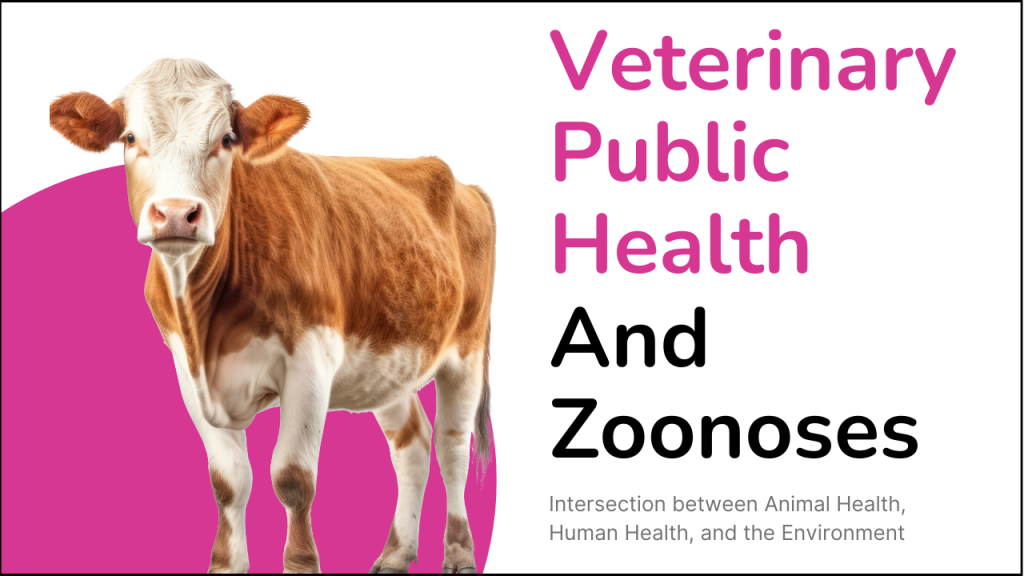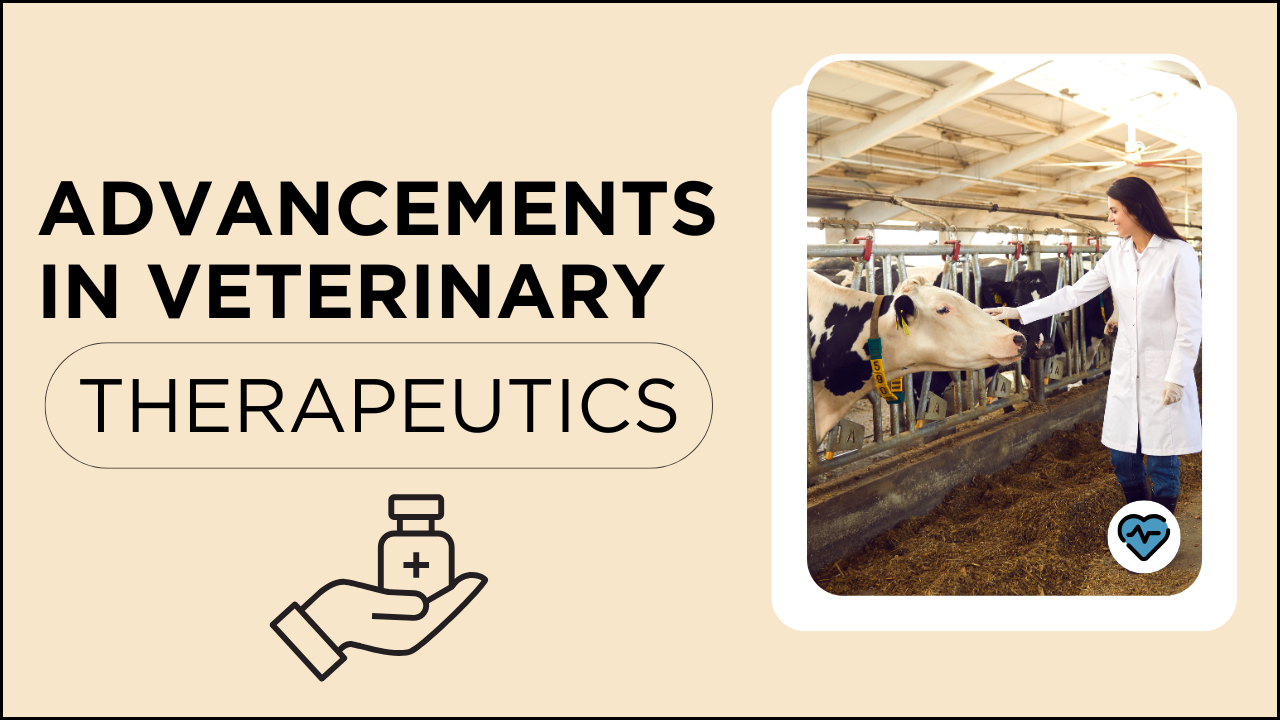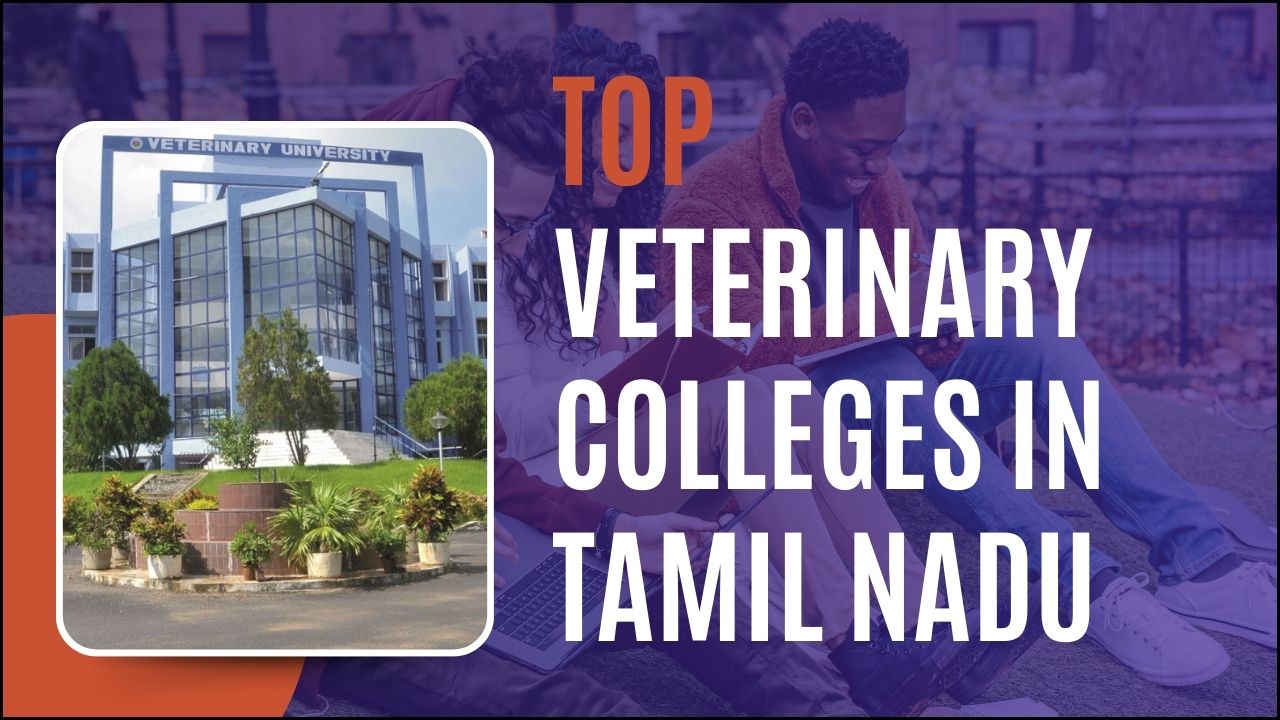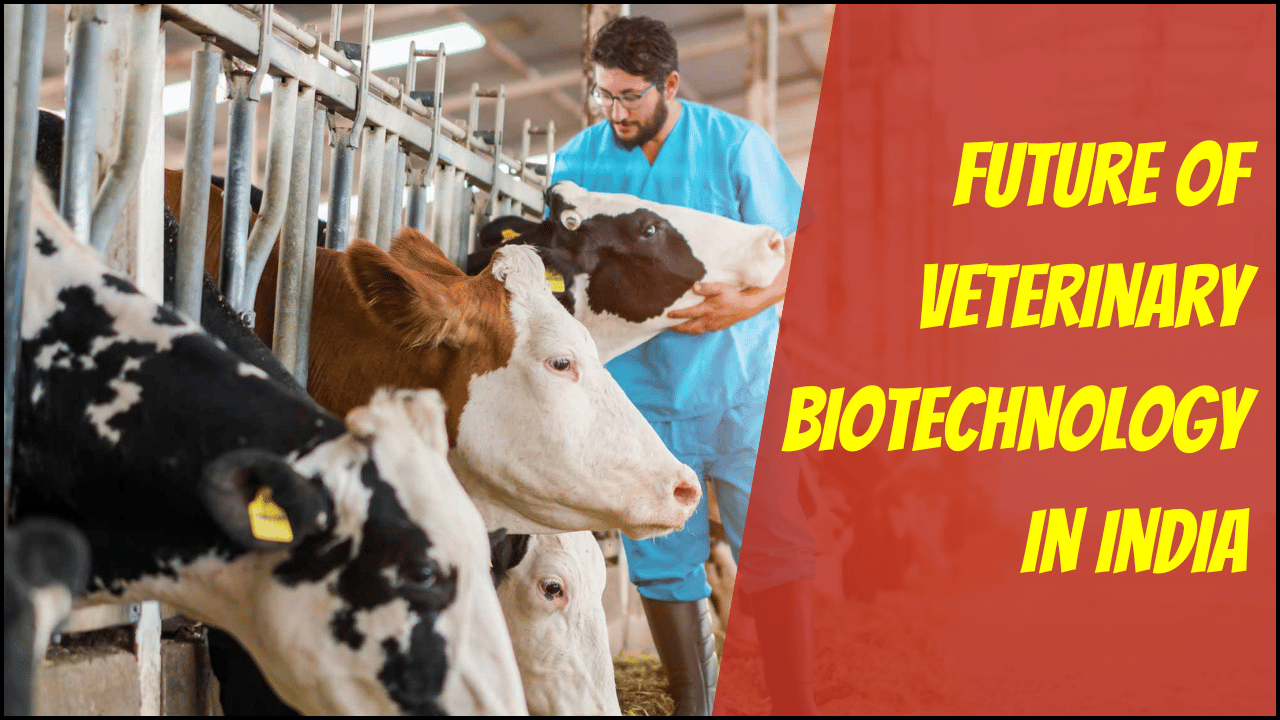
Veterinary public health is a vital component of overall public health that focuses on the contributions of veterinary science to protect and enhance human well-being. It involves a unique approach that looks at the intersection between animal health, human health, and the environment, all working together to prevent and control diseases that can affect both animals and people. One of the key areas that veterinary public health addresses is the prevention and control of neglected zoonotic diseases, a group of diseases that are transmitted between animals and humans.
Table of Contents
What Are Zoonotic Diseases?
Zoonoses are diseases that can naturally spread between vertebrate animals and humans. These diseases can be transmitted through direct contact with animals, consumption of animal products, or even through vectors like mosquitoes. Many zoonotic diseases are neglected, particularly in low-resource settings, and pose a significant burden on both animal and human populations.
Veterinary public health aims to reduce the risk and impact of these diseases by focusing on the animals that act as reservoirs for the infections. This means controlling the diseases in animal populations to prevent them from spreading to humans. Zoonotic diseases like rabies, echinococcosis, leishmaniasis, and taeniasis can be devastating, and addressing them requires a concerted effort from both human and animal health sectors.
The Importance of Collaboration
To effectively address zoonotic diseases, veterinary public health requires collaboration across multiple sectors. A multidisciplinary approach that brings together human and animal health systems, as well as environmental and ecological factors, is essential. This collaborative effort helps create solutions that work at the human-animal-environment interface, preventing and controlling diseases where humans and animals coexist.
One of the key strategies in controlling these diseases is the focus on the animal reservoirs of infection. By controlling these diseases in animals, the risk to human populations can be minimized or eliminated. The World Health Organization (WHO), along with organizations like the Food and Agriculture Organization (FAO) and the World Organisation for Animal Health (OIE), works together to strengthen these efforts globally.
Examples of Veterinary Public Health Interventions
Several veterinary public health interventions have proven successful in controlling zoonotic diseases. These interventions often involve both preventive measures and treatment options for animals. Some of the common practices include:
- Rabies Control: Rabies is one of the most well-known zoonotic diseases, and it remains a significant cause of death in many parts of the world, especially in low- and middle-income countries. Mass vaccination of dogs, which are the primary reservoir of the disease, is a critical intervention. Additionally, managing dog populations to prevent stray dogs from spreading the disease is also an important strategy.
- Dracunculiasis: Also known as Guinea worm disease, this is caused by a parasitic worm that is transmitted through contaminated water. In veterinary public health, one of the key measures to control this disease is to tether dogs to prevent them from contaminating the environment.
- Echinococcosis: Echinococcosis, or hydatid disease, is a parasitic infection that affects both animals and humans. To prevent this disease, public health efforts include periodic deworming of dogs, safe disposal of offal during slaughtering, and vaccination of sheep. In some cases, aged sheep may be culled to reduce the risk of infection.
- Taeniasis and Cysticercosis: These diseases are caused by tapeworms, and they can be transmitted from pigs to humans. Veterinary interventions include improving pig husbandry, vaccinating pigs, and deworming them with anthelmintic drugs like praziquantel.
- Foodborne Trematodiases and Schistosomiasis: These diseases affect livestock and other domestic animals. Veterinary public health efforts focus on treating infected animals and keeping them away from transmission sites to reduce human exposure.
- Leishmaniasis: Leishmaniasis is a parasitic disease transmitted by sandflies, and it affects both humans and animals. Rodent control and dog vaccination are two strategies being evaluated for reducing the incidence of leishmaniasis.
The Impact of Neglected Zoonotic Diseases
Neglected zoonotic diseases (NZDs) remain a major public health challenge, especially in low- and middle-income countries. The impact of these diseases is profound, with millions of people affected each year. For example, rabies alone causes thousands of deaths annually, and in many places, the disease remains a significant health concern. It is estimated that every nine minutes, someone in a low- or middle-income country dies from rabies, highlighting the urgent need for effective control measures.
The burden of NZDs on vulnerable populations is immense. Many of those affected by these diseases live in marginalized communities with limited access to healthcare and resources. These diseases not only harm individuals but also strain entire communities by impacting livelihoods, economic development, and the overall well-being of affected populations.
WHO’s Role in Veterinary Public Health
The WHO plays a pivotal role in addressing neglected zoonotic diseases. Its mission is to reduce the burden of these diseases on poor and marginalized populations by advocating for strengthened prevention and control measures. The WHO works closely with other international organizations, such as FAO and OIE, to foster collaboration and share knowledge across sectors.
The approaches used by the WHO to combat NZDs are varied but focus on assessing the burden of diseases, improving collaboration between human and animal health sectors, and promoting research and evidence-based practices. The organization also guides surveillance, prevention, control, and treatment strategies for specific diseases, helping countries build their capacity to address these issues.
Multisectoral Collaboration
One of the most significant aspects of veterinary public health is the emphasis on multisectoral collaboration. Diseases that affect both animals and humans require coordinated efforts from various sectors, including agriculture, veterinary services, public health, and environmental management.
The Tripartite collaboration between WHO, FAO, and OIE is an excellent example of how these organizations are working together to address the risks posed by zoonoses. By joining forces, they aim to strengthen the global response to zoonotic diseases, promote research, and develop resources that can be applied in different regions of the world.
In regions like Asia and the Pacific, the Tripartite has developed resources and strategies that encourage cooperation between public health professionals, veterinary authorities, and food safety experts. These resources are helping to bridge the gap between human and animal health, ensuring a more integrated and effective response to zoonotic diseases.
Looking Ahead
Veterinary public health plays a crucial role in safeguarding human health by addressing neglected zoonotic diseases. Through effective interventions, collaboration across sectors, and the application of veterinary science, we can significantly reduce the impact of these diseases on both animals and humans. The work being done by organizations like WHO, FAO, and OIE is essential in improving global health, and continued efforts to strengthen these collaborations will help protect vulnerable populations from the threat of zoonotic diseases.
By prioritizing veterinary public health, we can build a healthier, safer future for both animals and humans, ensuring that the benefits of improved public health are shared by all.





